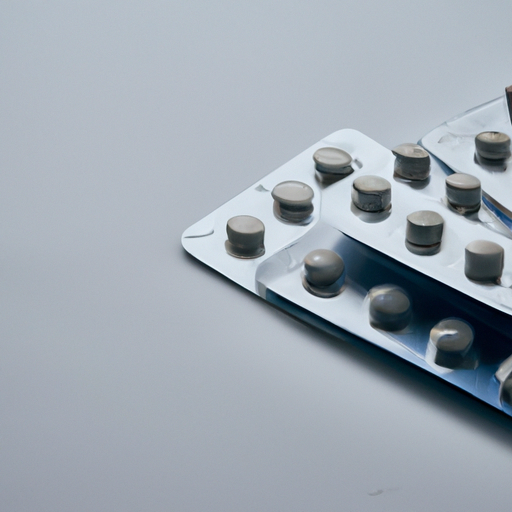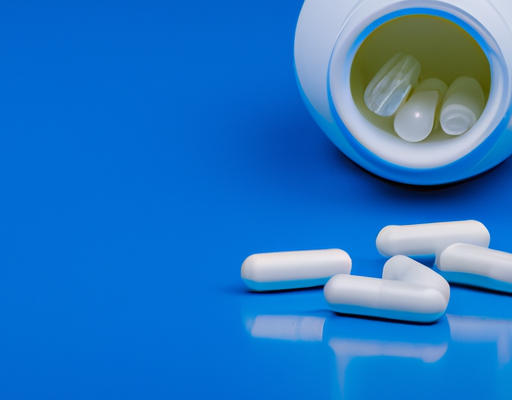Causes of Atopic Dermatitis
Atopic dermatitis, also known as eczema, is a chronic, itchy skin condition that affects around one in five people worldwide. The exact cause of atopic dermatitis is unknown, but it is thought that a combination of environmental factors, genetics, and a weakened immune system are involved. It is believed that allergies and airborne irritants, such as dust mites and pollen, can trigger the condition. Additionally, stress, climate, and even certain foods can all make the symptoms worse. It is important to identify what triggers the condition in order to help manage and reduce the severity of the symptoms.
Causes of Perioral Dermatitis
Perioral dermatitis is an inflammatory skin condition that usually appears as a rash around the mouth, nose and eyes. It affects both men and women, particularly those between the ages of 20 and 45. The exact cause of perioral dermatitis is still unknown, but it is thought to be linked to the use of topical steroids as well as other irritants such as fluoride toothpaste, certain cosmetic products and topical antibiotics. In some cases, it is also associated with the use of hormonal treatments such as birth control pills. It is also believed that certain bacteria, such as the yeast-like fungus Malassezia, may play a role in the development of perioral dermatitis. In addition, some experts believe that environmental factors such as cold weather and humid conditions may also play a role in triggering the condition.
Common Symptoms
Atopic dermatitis and perioral dermatitis are two skin conditions that have similar symptoms, but they have different causes and treatments. Common symptoms of both conditions include itchy and dry skin, redness, and, in some cases, scaling. In atopic dermatitis, the skin may become thicker with a rough, leathery texture and red, raised bumps. Perioral dermatitis often presents as red lesions or bumps around the mouth, nose, and eyes, which can be tender and scaly. In some cases, both conditions may be accompanied by a burning sensation. It is important to note that these conditions require different treatments and it is best to get an accurate diagnosis from a healthcare professional so that you can receive the most suitable care for your individual needs.
Atopic vs. Perioral Dermatitis
Atopic and Perioral Dermatitis can both be difficult to differentiate and manage, but they are two distinct skin disorders. Understanding the difference between the two is important for proper diagnosis and treatment. Here are the key differences between Atopic and Perioral Dermatitis:
- Atopic Dermatitis is an allergic skin condition that is caused by a reaction to allergens, such as dust mites, pet dander, or pollen.
- Perioral Dermatitis is a bacterial infection that is caused by the bacteria staphylococcus aureus.
- Atopic Dermatitis appears as red, itchy, and scaly patches on the skin, while Perioral Dermatitis appears as red, bumpy, and scaly patches or bumps on the skin.
- Atopic Dermatitis can affect any part of the body, whereas Perioral Dermatitis usually affects the area around the mouth and eyes.
- Atopic Dermatitis can be treated with topical corticosteroids or antihistamines, while Perioral Dermatitis can be treated with antibiotics or topical corticosteroids.
Both Atopic and Perioral Dermatitis can cause significant discomfort and inconvenience, but with proper diagnosis and treatment, both can be effectively managed. Knowing the differences between the two can help you get the best possible care for your skin condition.
Risk Factors
Atopic dermatitis and perioral dermatitis are both skin conditions that are characterized by inflammation and rashes. Though both skin conditions may have similar symptoms, the risk factors behind them may be different. For example, atopic dermatitis is an inherited condition, and often runs in families. Those with asthma and hay fever are also more likely to develop atopic dermatitis. On the other hand, perioral dermatitis is more likely to afflict those living in urban areas, and is more of a problem for women than men. Factors such as prolonged use of topical steroids, inability to resist infection, use of certain cosmetic products, and exposure to sunlight are all known to increase the risk of developing perioral dermatitis.
Diagnosis
Atopic Dermatitis (AD) and Perioral Dermatitis (PD) have very similar physical characteristics that have caused many people to misdiagnose them in the past. To accurately diagnose either condition a physician needs to consider a patient’s medical history and lifestyle, as well as the signs and symptoms they are presenting. For example, AD often presents with a rash that can spread to the hands, feet, neck and face, while PD tends to produce a rash limited to the area around the mouth and nose. Additionally, AD can cause intense itching and PD can cause an acne-like breakout. To confirm a diagnosis, a doctor may take skin swabs or tissue samples to rule out other conditions with similar symptoms. Determining which condition a person has is an important step in providing the most effective treatment for the particular condition.
Treatment
Atopic Dermatitis and Perioral Dermatitis are two skin conditions that can cause similar symptoms, making treatment very important and challenging. Treatment for both conditions typically involves topical creams containing corticosteroids to reduce inflammation. Antihistamines may also be prescribed to reduce itching and help manage any skin reactions. In more severe cases of Atopic Dermatitis, light therapy and photopheresis may be recommended to reduce the skin’s sensitivity to allergens. For Perioral Dermatitis, the use of oral antibiotics may be required to reduce the spread of bacterial infection. Treatment for both conditions must be managed and reviewed by a dermatologist to ensure the best outcome.
Prevention
Atopic dermatitis and perioral dermatitis can cause a great amount of discomfort and distress. While both conditions share some of the same symptoms, it is important to know the differences. To prevent either condition, it is important to practice good skin care. Cleansing the skin with mild, non-drying soap, and avoiding harsh skin care products can help protect against irritation. Keeping the skin moisturized is also key to avoiding dryness. Additionally, avoiding overly hot showers and baths, and avoiding fragrances, dyes, and other chemicals can also help in preventing either condition from developing. For those already suffering from either atopic dermatitis or perioral dermatitis, the best prevention is to work with a doctor to develop a treatment plan and stick to it. Taking prescribed medication as directed, and regularly using any recommended moisturizers or creams can help to reduce symptoms and keep the skin healthy.





No Comments